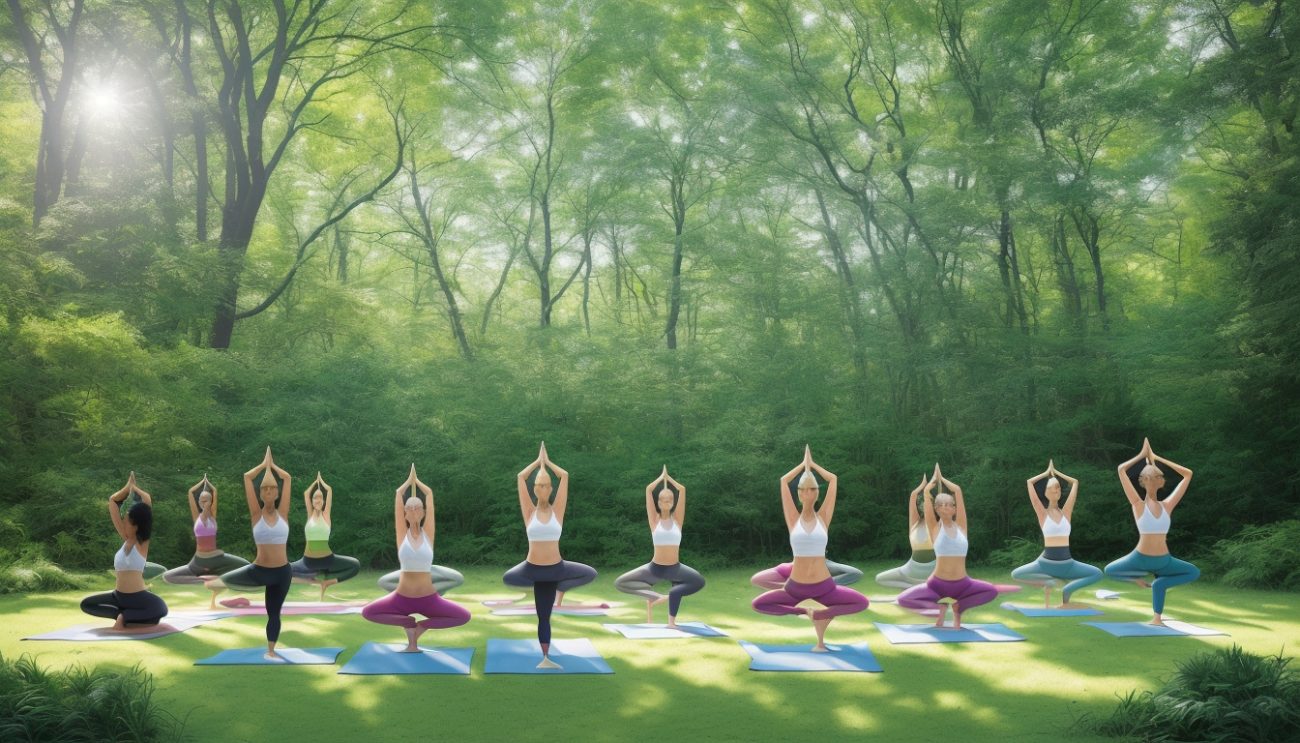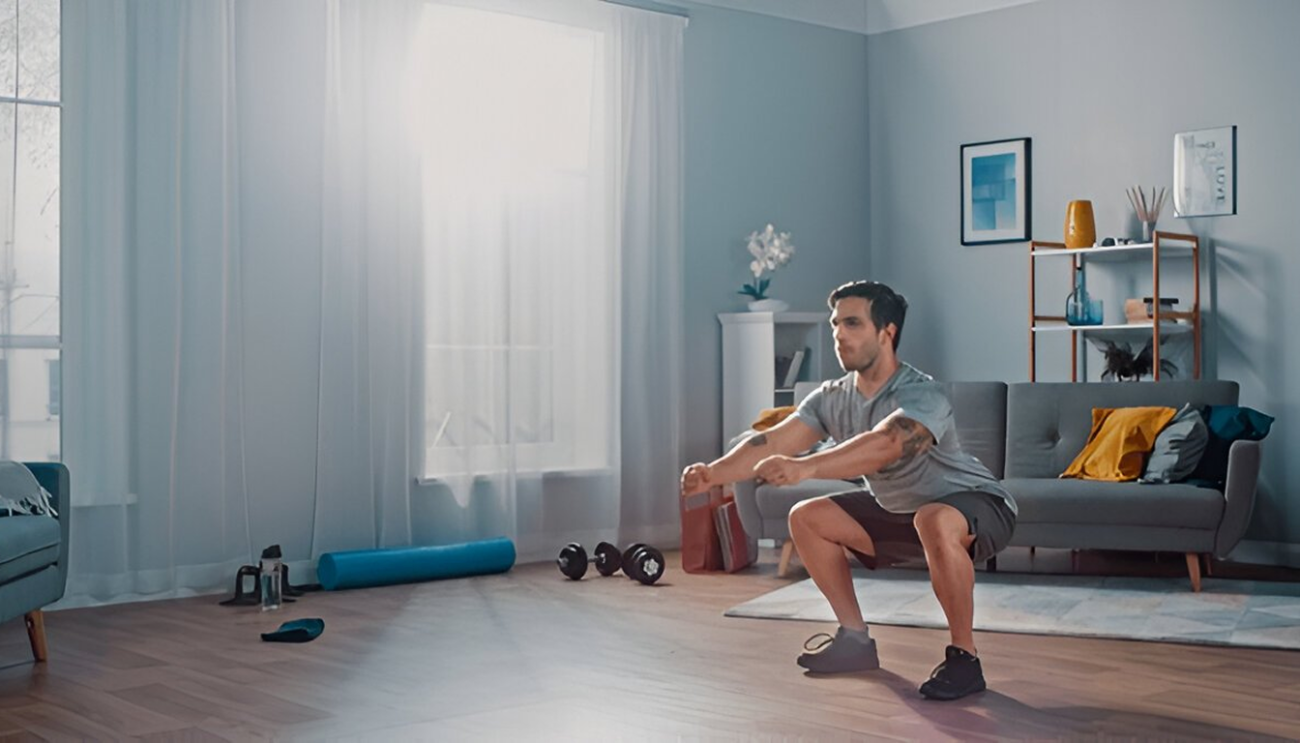Unlock Your Body: The Ultimate Guide to Yoga for Flexibility
Flexibility is key to health. It lets muscles and joints stretch fully, lowers injury risk, and keeps posture straight. Yoga joins mind and body with clear poses that boost flexibility. This guide links flexibility, benefits,

Flexibility is key to health. It lets muscles and joints stretch fully, lowers injury risk, and keeps posture straight. Yoga joins mind and body with clear poses that boost flexibility. This guide links flexibility, benefits, and important yoga moves to unlock your body’s power.
Why Flexibility Matters
Flexibility means your joints move fully and your muscles relax. As you age or sit too long, muscles tighten and lose range. Regular stretching and yoga help reverse this. Here are some reasons flexibility is essential:
- Increased Range of Motion
Greater motion helps you move with ease. - Less Muscle Tension
Stretching calms tight muscles and brings relief. - Improved Posture
Flexible muscles hold your body straight. - Pain Reduction
Relaxed muscles often lead to less pain. - Lower Injury Risk
Flexible joints help stop injuries during motion. - Enhanced Circulation
Better blood flow speeds up recovery and eases stiffness.
The Benefits of Yoga for Flexibility
Yoga is a whole-body practice. It links physical poses with breath and calm focus. This practice builds flexibility and strength at the same time. Yoga also improves balance, coordination, and cuts stress. It adapts easily to any skill level.
- Strengthens Muscles
Each pose works hard to build stability. - Enhances Coordination
Controlled moves keep mind and body linked. - Stress Relief
Calm breathing helps clear the mind. - Adaptable for All Levels
Modify poses to meet your needs.

Key Yoga Poses for Improved Flexibility
If you want to boost flexibility with yoga, try these poses. Focus on your breath and keep each movement close and connected. Do not push into pain.
1. Intense Side Stretch (Parsvottanasana)
Stand with one foot forward and one foot back. Fold your upper body toward the front leg. This move links your spine and legs closely.
2. Head to Knee (Janu Sirsasana)
Sit down with one leg straight and the other bent. Reach for the extended leg. Your spine, hips, and thighs connect in this pose.
3. Cat-Cow (Bitilasana Marjaryasana)
Start on all fours. Shift from an arched back (cow) to a rounded back (cat). Watch as the spine and core quickly link and flow.
4. Bow Pose (Dhanurasana)
Lie on your stomach. Grab your ankles and lift your chest. Your back and chest work together in one smooth move.
5. Low Lunge (Anjaneyasana)
Kneel on one knee while stepping the other leg forward. Reach your arms overhead. This action links your hips and lower back with each breath.
6. Cow Face Pose (Gomukhasana)
Cross your legs and stack your knees. Stretch your arms upward and bring your hands behind your back. Shoulders and hips connect as you reach.
7. Reclined Bound Angle Pose (Supta Baddha Konasana)
Lie on your back. Bring the soles of your feet together and let your knees fall apart. Your hips and groin open in a relaxed flow.
8. Seated Forward Bend (Paschimottanasana)
Sit with your legs extended. Gently fold forward. The stretch ties your spine and legs in a calm line.
Safety Tips for Practicing Yoga
For safe stretching and strength, keep these ideas in mind:
- Start Slow
Begin with small moves. Feel the connection before deepening the stretch. - Use Props
Blocks, straps, or cushions can support each link in your pose. - Listen to Your Body
If a movement causes pain, change or skip it. Your body’s signals guide you. - Consult Professionals
For pre-existing issues, ask a doctor or a certified instructor to help.
Conclusion
Yoga connects body and mind. It builds strength, eases pain, and lowers injury risks—all while boosting flexibility. By linking each pose with mindful breath and safe practice, you unlock your body’s true potential. Start today and notice the difference as your body transforms!



